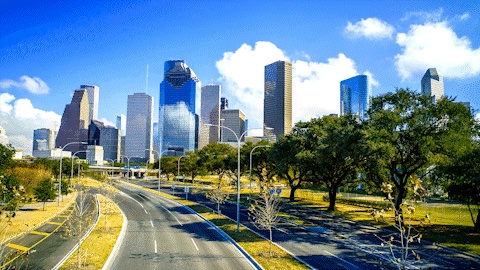The nonprofit Prison Policy Initiative on Tuesday released its annual report on the state of mass incarceration in the U.S., which offers some essential context about the sheer scale of the issue and the difficulty to address it.
The numbers haven’t changed much since last year. There are still about 2.3 million people locked up around the country on any given day, according to the report’s analysis of the latest available data, much of it from 2015. Populations at state and federal prisons, as well as in local jails, have fallen slightly. But America remains the leading jailer on the planet with nearly 25 percent of the world’s prisoners, even though the U.S. represents just 5 percent of its population.
As in years past, the report includes a graphic that details the intricate network of correctional facilities that house people who are serving time or are otherwise detained for a variety of crimes or charges. The authors say the data underscore a harsh reality: There is neither a simple nor a singular solution to the problem of mass incarceration.

“Mass incarceration is not a single monolithic system. Instead, we have a federal system, 50 state systems, and thousands of local government systems,” write Prison Policy Initiative’s Peter Wagner and Bernadette Rabuy. “The byzantine structure of justice systems means the policymaking is equally complex and changes must be made at each level.”
All told, the U.S. system includes 1,719 state prisons, 102 federal prisons, 901 juvenile correctional facilities, 3,163 local jails and 76 Indian Country jails, on top of a number of military prisons, immigration detention facilities, civil commitment centers and prisons in U.S. territories, according to the report.
Although these numbers may appear to present a daunting challenge for reformers, they also serve as a reminder that meaningful change is possible even without support from the White House or Congress.
“[President Donald Trump’s administration] has taken aim at the past decade’s advances toward criminal justice reform, and has a troubling reliance on ‘alternative facts’ to support its agenda,” the authors write. “While the White House is moving away from criminal justice reform, [this report] offers the reassuring reminder that the bulk of incarceration flows directly from the policy choices made by state and local — not federal — governments.”
Indeed, less than 10 percent of all inmates currently being held are in federal prisons, while nearly 60 percent are in state prisons.
More than one-quarter of the incarcerated population is in local jails, including 443,000 people who are awaiting trial and are technically presumed innocent. The ranks of those locked up but not convicted make up 99 percent of all local jail growth over the past 15 years, according to the report. Many remain stuck behind bars because they can’t afford to pay bail, products of a costly system that grants freedom before trial only to those who can afford it.
Here’s a closer look at that subsection.

That’s more than 60,000 people languishing behind bars while awaiting trial on drug possession charges alone. An additional 9,000 are facing traffic-related charges.
And as the report notes, the graphics don’t tackle other forms of correctional control, like the 840,000 people on parole or 3.7 million on probation.
As overwhelming as these figures might seem, at least it’s clear that reformers have no shortage of targets to consider in their push to reduce the number of people incarcerated in the U.S.
Read Prison Policy Initiative’s entire report here.



